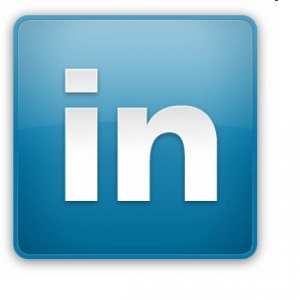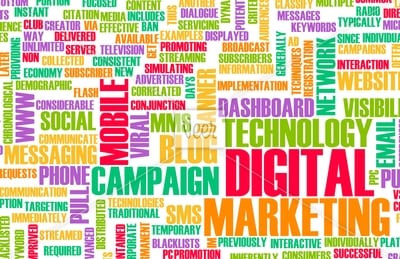Why Use Semantic Markup? Because Making Google Smarter Lets You Stand Out From the Competition

If you’re like most people, the standard markup language of the web-hypertext markup or HTML-is hard enough to learn and master. So the realization that there is a new, powerful kind of markup-semantic markup-gaining traction might make your eyes glaze over. This Growth Spurts blog post, however, will explain what semantic markup is and why you should very much care about, and start using it, now.
When you’re designing an HTML page, you are essentially telling a computer how to present or display your information: how many columns there are on the page, what font size, what words are italicized, and so on. So for example,
$9.99 is an instruction that tells the browser to italicize all the characters between the begin and end tags when it renders the page.
When you are using semantic markup on the other hand, you are telling a computer the meaning, or semantics, of your information, something ultimately much more powerful and valuable than simply how the info should display.
$9.99 is an instruction that tells a search engine like Google that the 5 characters between the begin and end tags should be definitively understood as the price of a specific product.
Without this markup, a search engine will likely use heuristics (i.e., using common formats or conventions to make educated guesses) to try to discern meaning, but this causes difficulty and errors when confronted with uncommon formats and ambiguous situations (e.g., $9, 00).
How is Semantic Markup Used Today?
Once the meaning of information is accurately known, there are nearly unlimited possibilities for how that may be constructively used by search engines. For example, if on Monday you ask Google the following question, it replies with a very appropriate, intelligent answer:
Notice that Google’s answer appears in a large font, right above the natural search results and below the ads-and this prominent placement, which very much draws your eye on the search result page, is completely free (unlike the pay-per-click ads).
The reason why Google can appear to respond so intelligently to this natural language question is because Sales Renewal has put the semantic ‘openingHours’ markup (from schema.org) on the Concord Flower Shop’s About page indicating to Google the meaning of the string of letters “Mo-Fr 9:00-17:30”
Hours:
Monday-Friday: 9:00 – 5:30
More competitive advantage from using semantic markup
Another real world example of the advantage you can gain from semantic markup involves e-commerce.
Another Sales Renewal client, MATsolutions, sells lab refurbished test & measurement equipment online. If you search for Agilent 53181A (a popular device manufactured by Agilent), the MATsolutions listing stands out as the only one that includes the price.
As in many other used markets, price is one of the first things prospects want to know and is an important buying criteria. And MATsolutions is the only firm conveniently supplying this info right on the search result page!
Now you might think you could put the price in the last two descriptive lines in the snippet, but Google builds these lines itself and you really don’t have any control of what Google places there. By semantically marking up the price on MATsolutions.com, you are guaranteed that Google will display price on its own, incremental line … which also results in the client’s snippet being a little bit bigger and a bit more noticeable than the rest.
And in case the above reasons haven’t convinced you of the advantages of semantic markup, a recent research report finds that helping Google understand your pages improves their rank: pages with semantic markup rank four positions better on average, compared to pages without semantic markup!
So do Google and yourself a favor: start using semantic markup to help Google get smarter and your snippets stand out from the crowd.
About the author: Keith Loris is currently the president and CEO of Sales Renewal but before he went over to the dark side of sales and marketing, he had lots of fun researching natural language understanding and neural networks, being awarded U.S. Patents 5, 642, 435, 5, 239, 593 and 4, 876, 731 along the way.
Sales Renewal’s insight:
If you’re like most people, the standard markup language of the web-hypertext markup or HTML-is hard enough to learn and master.
The realization that there is a new kind of markup-semantic markup-gaining traction might make your eyes glaze over.
This Growth Spurts blog post, however, will explain what semantic markup is and why you should very much care about, and start using it, right away.







